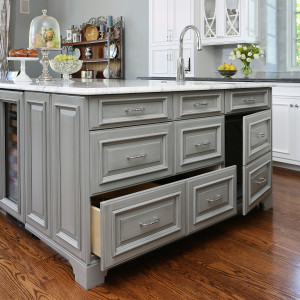
“Glazing works really well if the cabinet door is ornate because the glaze will be concentrated in the details, highlighting the details of the door,” said Normandy Designer Kathryn O’Donovan. “It can also enhance the color of the paint or stain. For example, glazing and distressing a cabinet will better highlight the intricate details and design of the door and in some applications, the natural beauty of the wood.”
A glaze can be applied in a variety of ways, and different techniques achieve different results. The three most common ways to apply a glaze are as follows:
Ceruse Glazing – This is applying a light glaze to a wood species with an open grain. The grain is manipulated and the glaze is applied, absorbing into the open pores, thus highlighting the grain and texture of the wood.
Brushed Glazing – With brushed glazing, the glaze is lightly applied using a brush in a linear pattern. With this technique, the light brush strokes are visible, giving a subtle change to the appearance of the finish. This effect is most visible on the flat plane of a door style.
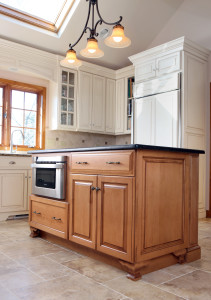
“Whatever the glazing application, the process can be applied to cabinet doors, drawer fronts, and decorative items such as corbels, carvings, and moldings,” added Kathryn.
Make an appointment with Kathryn to discuss your kitchen remodel, including the cabinetry options available to you. You can also register for our free seminar “Secrets of the Ideal Kitchen” to learn more about the remodeling process. Or, follow Normandy Remodeling on Facebook and Twitter for inspiration and information on the latest design trends.
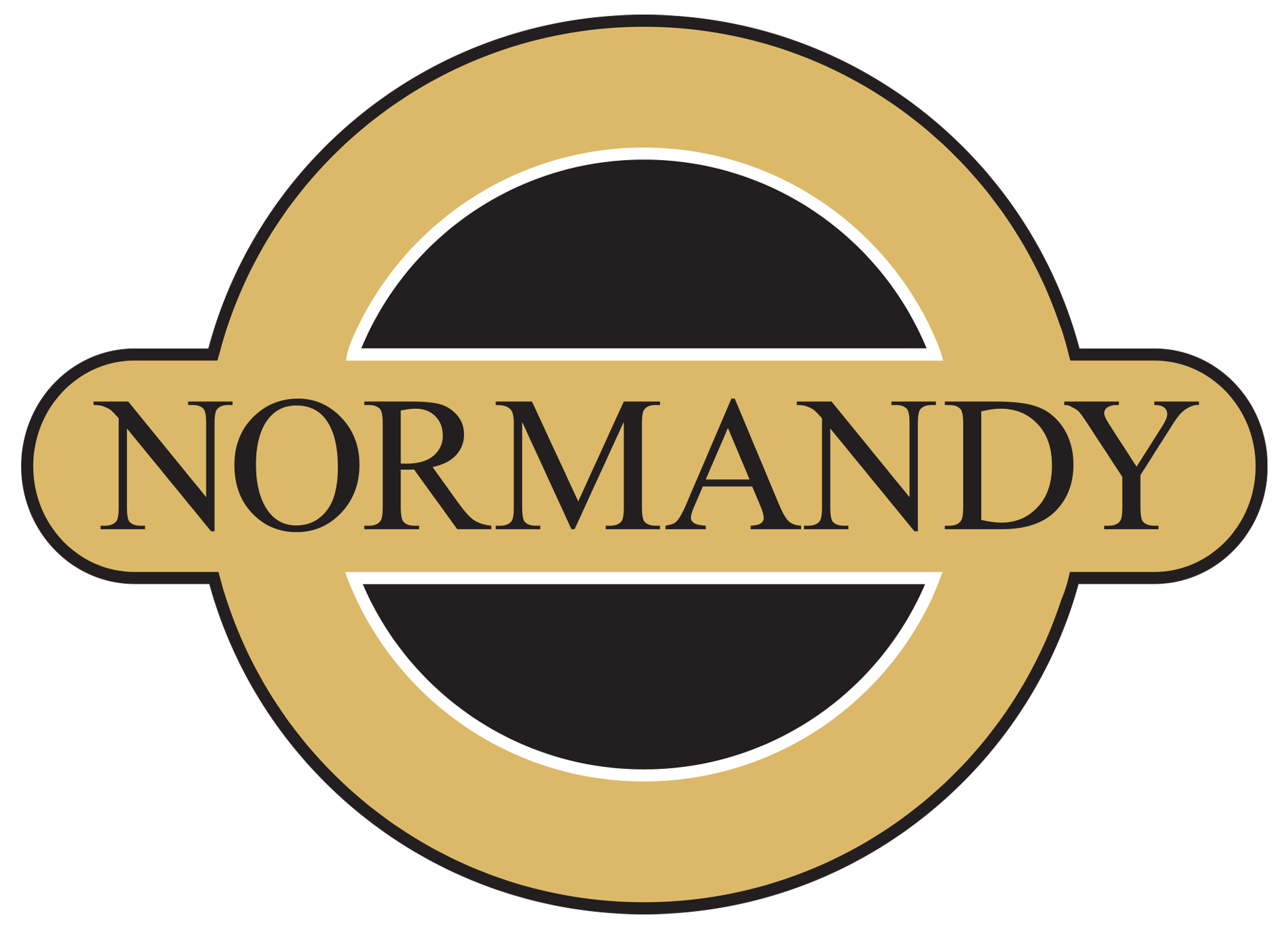


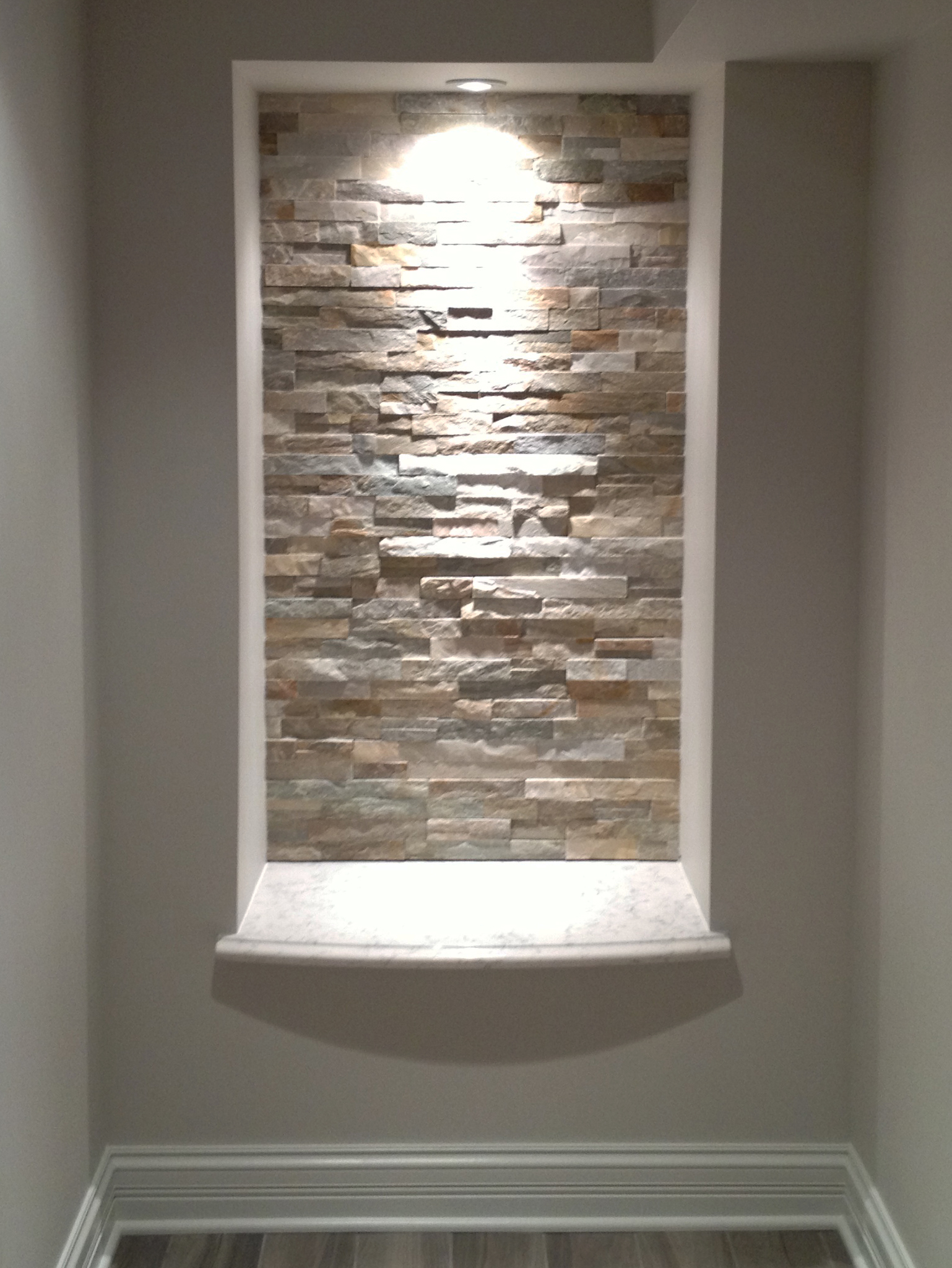
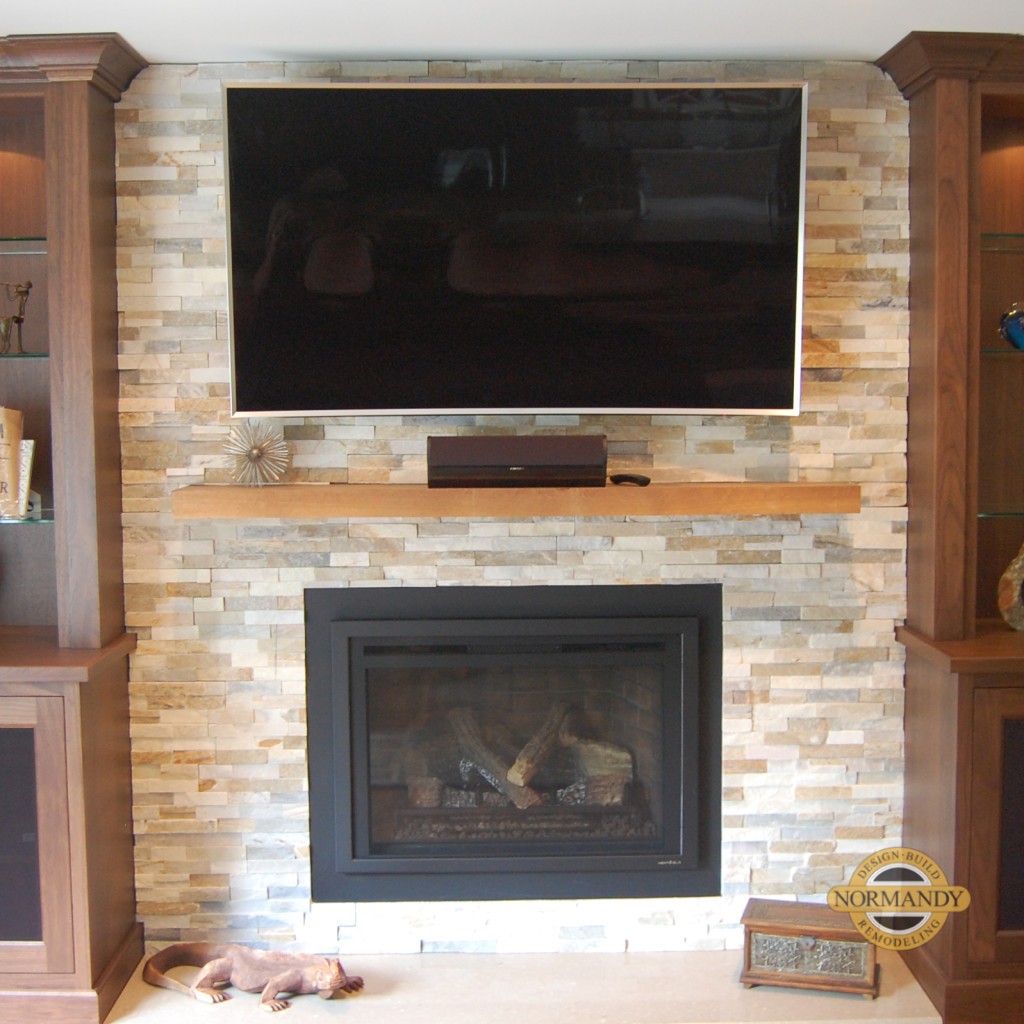 If you are looking to incorporate the natural beauty and texture of real stone into your home, look no further than ledger stone –a natural stone that renders a warm and rustic aesthetic.
If you are looking to incorporate the natural beauty and texture of real stone into your home, look no further than ledger stone –a natural stone that renders a warm and rustic aesthetic.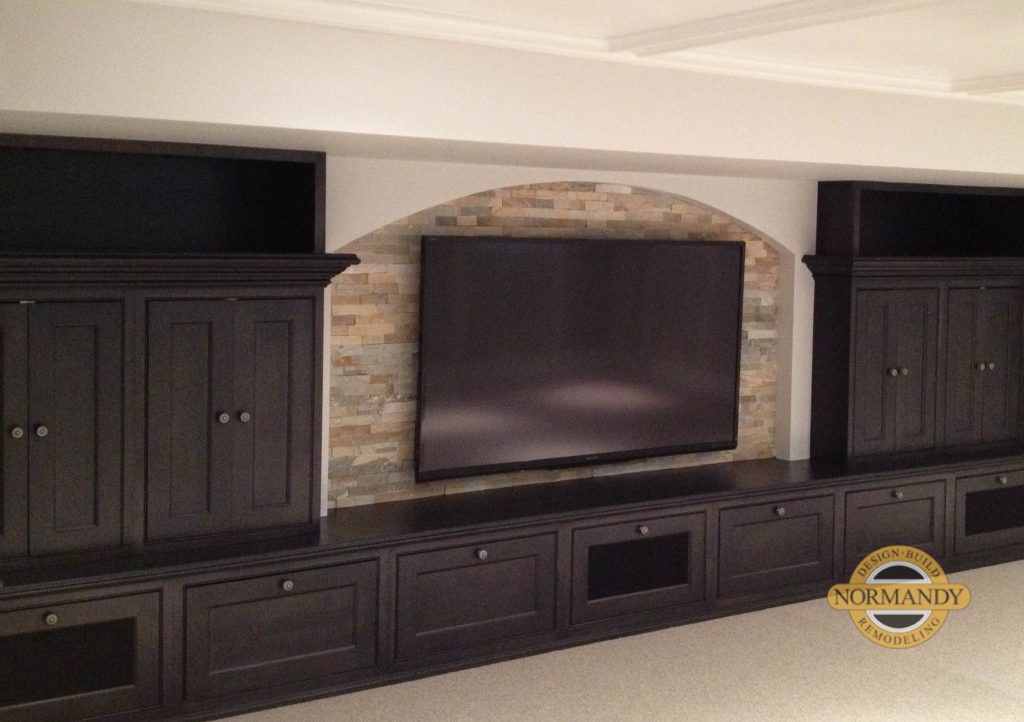
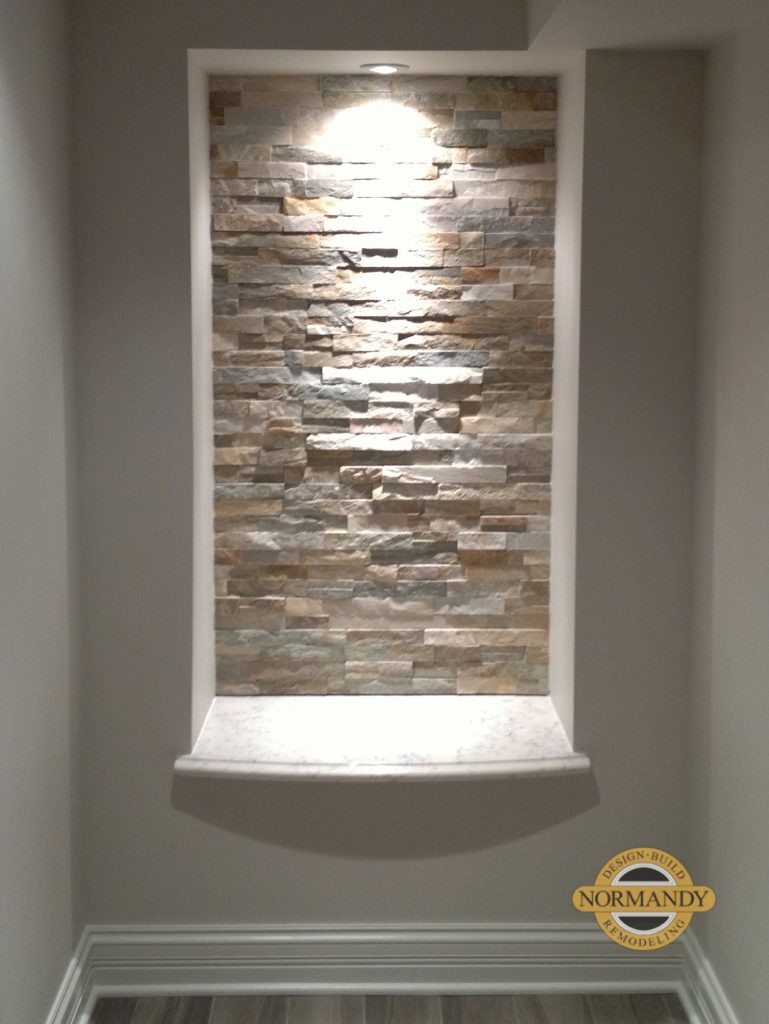 Washing the wall with light further enhances the beauty of the ledger stone.
Washing the wall with light further enhances the beauty of the ledger stone.